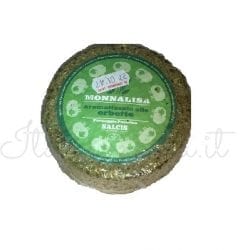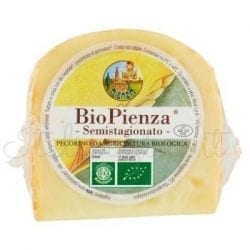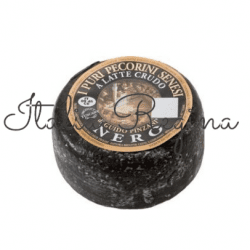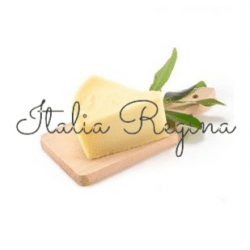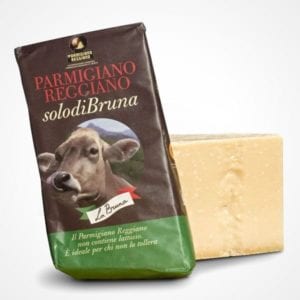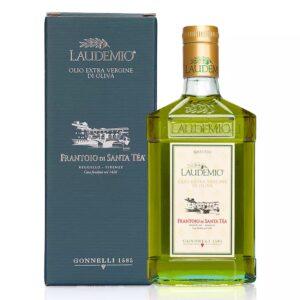Mozzarella is a type of cheese that is fresh stretched and soft which lends itself to a pretty fast consumption. White, shiny and without rind, it is characterized by a pleasantly fibrous but soft consistency, the aroma of milk and the flavor that transmits a slight acidic nuance.
History
The origin of mozzarella lies in southern Italy.
Its birth is due to the need to transform milk in poor storage conditions. In fact, through hot spinning, acidity would be reduced. With this procedure, a small amount of curd, brought to a high temperature, becomes plastic and can be pulled into continuous filaments longer than one meter. The term mozzarella, as a matter of fact, derives from “mozzare”, which means to cut the spun dough into the typical ovules of the desired size.
The relationship with that of buffalo The prevailing thesis today is that cow’s milk mozzarella was born, by analogy, from buffalo mozzarella (the origin of the Italian buffalo is still debated, probably in the Middle Ages). A 12th-century document attests the custom of the Benedictine monks of San Lorenzo di Capua to offer, on the occasion of some religious holidays, “a cut or try with a piece of bread” to the poor, and “by ancient tradition”. Its consecration outside the Kingdom of Naples took place in the sixteenth century, as it will also be mentioned by Bartolomeo Scappi. In any case, mozzarella was originally a by-product of provola, not so much for its quality, but for the difficulty of maintaining its freshness during transport. A situation that however began to change during the eighteenth century, when the Bourbons founded the Royal Estate of Carditello, in San Tammaro (Caserta), where the production techniques of buffalo mozzarella were perfected. From the unification of Italy, a wholesale market for mozzarella and other cheeses was set up in Aversa, called “La Taverna”. Since then, the conquest of national markets and of the whole world began, also favored by the pizza boom.
Taste Italian Pecorino: Buy Now!
-
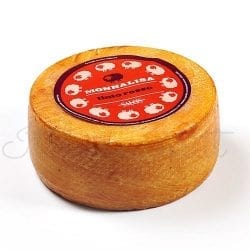
Italian Pecorino Cheese – Salcis Rigatino Tinto Rosso 400 gr
€11.70 -

Italian Pecorino Cheese Herb Infused – Salcis 400 gr
€11.70 -

Italian Pecorino Romano DOP
€8.00 -

Italian Pecorino (BIO) – Alival GROUP 380 gr
€7.00 -

Italian Pecorino (Toscano PDO Creamy) – Pecorino Toscano 1 kg
€23.00 -

Italian Pecorino (Senese Black) – Caseificio Pinzani 200 gr
€7.00 -

Italian Pecorino (Senese Peppery) – Caseificio Pinzani 200 gr
€7.00 -

Italian Pecorino (Sardo) – Pecorino Sardo DOP
€8.50 -

Italian Pecorino (Matured PDO) – Pecorino Toscano 900 gr
€24.00

